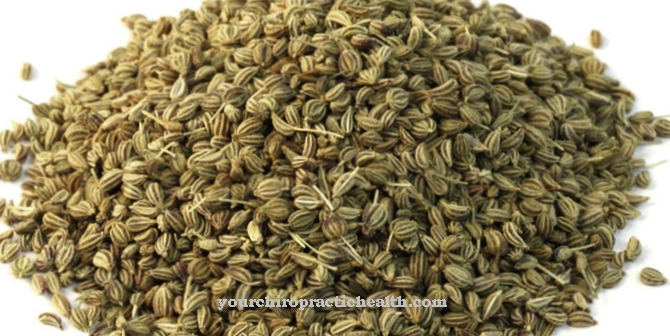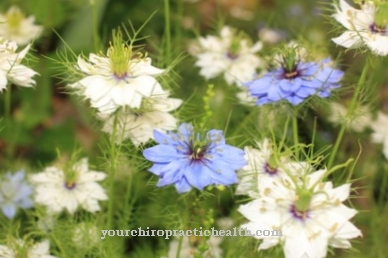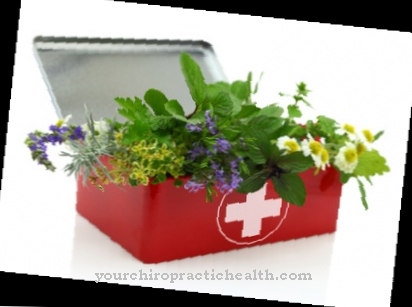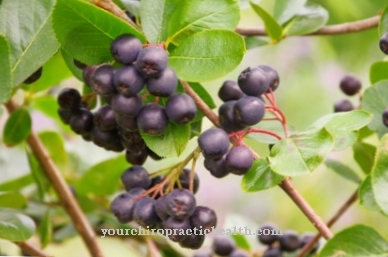Real marshmallow (Althaea officinalis), is popularly known as the bushy velvet poplar. By the way, in English it is called Marsh Mallow. In the past, marsh mallows were actually made from the leaves, stems and roots of the marshmallow, whereas today synthetic materials are used for the candy. The marshmallow belongs to the mallow family. Marshmallow has become an indispensable part of natural medicine.
Occurrence & cultivation of marshmallow

Has its origin Marshmallow in Central Europe and the south of the continent, but it has spread to Africa and Siberia. Wild occurrences of marshmallow are found on moist salt soils. The plant is also under nature protection.
However, marshmallow is usually only seen as a cultivated plant. Then it is grown on nutrient-rich and moist soils. Because of the long marshmallow root, these must be very deep.
The plant can grow up to 2 meters into the sky. The stems look so rigid because they are hardly branched. The heart-shaped, large leaves are very decorative. Stems and leaves are velvety hairy and in the summer months between the beginning of June and the end of August the marshmallow bears purple-white flowers. Eibisch is reminiscent of the related hollyhocks, which are also used in natural medicine, but the blossoms of the hollyhocks are more colorful.
The young flowers, which the marshmallow sprouts again and again over the course of the vegetation period, and the roots are used. The roots of the marshmallow protrude up to 50 centimeters into the earth. This is where the valuable mucilage is concentrated particularly intensively. The roots can be harvested in September, October and November.
Application & use
Already in the times of Charlemagne (747 to 814) the healing properties of the Marshmallow known. The Carolingian emperor therefore had marshmallow cultivated intensively.
The healing and soothing effect of the marshmallow root is used for stomach and intestinal problems as well as for coughing, sore throats and hoarseness. To this day, marshmallow is an important medicinal plant, and in many cases the roots are an effective component of cough syrups. Boiling the marshmallow flowers with little water and a relatively large amount of honey also works against coughs.
Because the roots of the marshmallow contain a particularly large amount of valuable mucilage, parts of the root should not be boiled, but prepared as a cold extract. So the powers of the slime are preserved. Marshmallow also contains saponins, essential oil, ephedrine, asparagine, coumarins, tannic acid, tannins and zinc.
The young leaves and the tender shoots of the marshmallow on the one hand enhance the spring salad, on the other hand the relaxing and detoxifying properties have a positive effect on the entire organism. Marshmallow has been of considerable importance in naturopathy for centuries.
Significance for health, treatment & prevention
Put 2 teaspoons of cut pieces of root of the Marshmallow in ¼ liter of cold water, leave everything to stand for at least 6 hours and then strain the liquid through a sieve, you get an effective, cough-relieving tea for home use, which is good for colds. The approach heals, soothes, relaxes and tones muscle ache, insect bites, light burns and bruises.
As a wash or as a bath, marshmallow tea is effective in treating uncomfortably dry skin and against the symptoms of weeping eczema. A marshmallow leaf tea is beneficial and effective for stomach and intestinal complaints, against flatulence, diarrhea and constipation. For this, 2 teaspoons of leaves are poured over with boiling water. After a steeping time of about 10 minutes, the strained tea is drunk unsweetened. The tea is beneficial for bladder infections and bladder stones.
An approach from the marshmallow root has a soothing effect. As a gargle solution, it soothes the oral cavity and counteracts inflammation of the gums, mouth and throat, both gently and effectively. It also eliminates bad breath.
Eibisch can also be used to prevent other general skin problems. A pulp made from the leaves of the plant has a wound healing effect, which as a mask soothes and soothes irritated skin. In addition, the vegetable pulp can be used as an envelope. The marshmallow pulp is made by finely grating the root and mixing it with honey. The pulp is spread on a clean linen cloth.








.jpg)



















